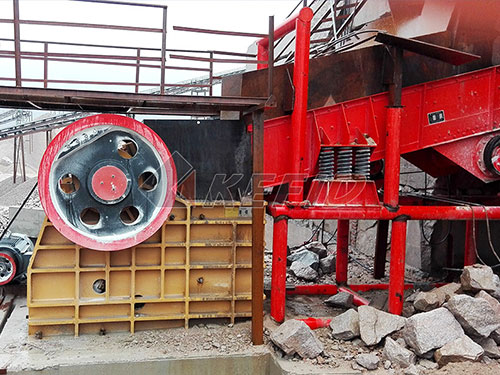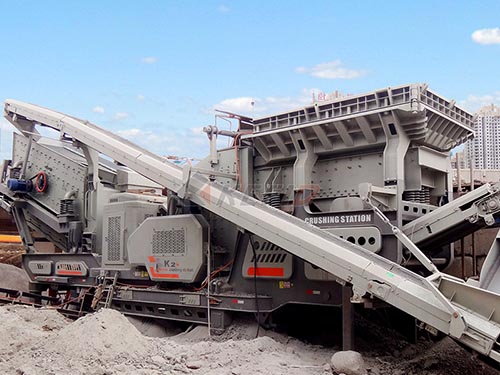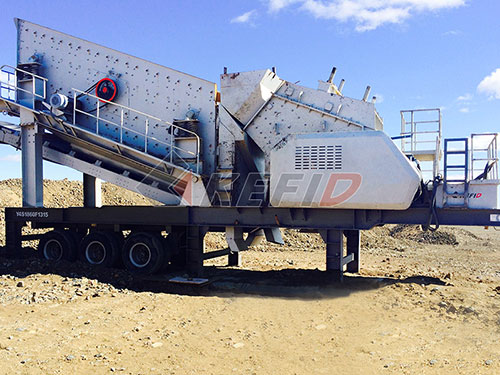Objectives Of Dual Roll Crusher
Objectives Of Dual Roll Crusher
The dual roll crusher, characterized by two counter-rotating cylindrical rolls, is a fundamental piece of equipment in various industries involved in the size reduction of bulk materials. Its design and operation are driven by several key objectives that define its purpose and effectiveness within a processing circuit. Understanding these objectives is crucial for selecting the appropriate crusher and optimizing its performance for specific applications.

1. Achieving Precise Product Size Reduction:
Primary Objective: The core function of any crusher is size reduction. Dual roll crushers are specifically designed to break down large feed materials into smaller, more manageable particles.
Controlled Fragmentation: Unlike impact crushers that rely on high-speed collisions, roll crushers primarily utilize compressive forces generated as material is drawn into the gap (the "nip") between the rolls. This mechanism offers a significant degree of control over the final product size distribution.
Minimizing Fines Generation: A key objective often associated with roll crushers is producing a product with minimal fines (ultra-fine particles) compared to other primary or secondary crushing methods. This is particularly valuable in applications where excessive fines are undesirable (e.g., clogging downstream processes, dust generation, loss of valuable material).
2. Producing a Consistent Product Size:

Predictable Output: The gap setting between the two rolls is the primary determinant of the maximum product size exiting the crusher. By precisely adjusting this gap, operators can reliably achieve a consistent top-size product.
Uniform Particle Distribution: The compressive action and typically slower rotational speeds contribute to producing a more cubical product with a narrower particle size distribution compared to some other crusher types. This consistency is vital for downstream processes like screening, conveying, or further processing stages.
3. Handling Specific Material Characteristics Effectively:
Friable & Soft Materials: Dual roll crushers excel at processing friable (easily crumbled) and soft to medium-hard materials like coal, limestone, salt, potash, shale, bauxite, and certain ores.
Sticky or Clayey Materials: The shearing action provided by the counter-rotating rolls can help manage slightly sticky or clay-bearing materials more effectively than some other crushers prone to clogging.
Minimizing Overgrinding: The controlled compression mechanism inherently reduces the tendency to over-crush softer minerals within a harder matrix


